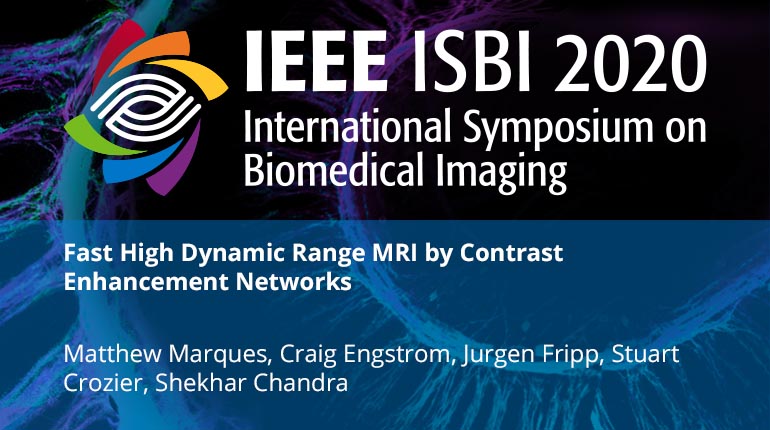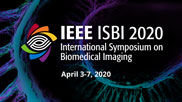Collection:

HDR-MRI is a sophisticated non-linear image fusion technique for MRI which enhances image quality by fusing multiple contrast types into a single composite image. It offers improved outcomes in automatic segmentation and potentially in diagnostic power, but the existing technique is slow and requires accurate image co-registration in order to function reliably. In this work, a lightweight fully convolutional neural network architecture is developed with the goal of approximating HDR-MRI images in real-time. The resulting Contrast Enhancement Network (CEN) is capable of performing near-perfect (SSIM = 0.98) 2D approximations of HDR-MRI in 10ms and full 3D approximations in 1s, running two orders of magnitude faster than the original implementation. It is also able to perform the approximation (SSIM = 0.93) with only two of the three contrasts required to generate the original HDR-MRI image, while requiring no image co-registration.
- IEEE MemberUS $11.00
- Society MemberUS $0.00
- IEEE Student MemberUS $11.00
- Non-IEEE MemberUS $15.00
Videos in this product
Fast High Dynamic Range MRI by Contrast Enhancement Networks
HDR-MRI is a sophisticated non-linear image fusion technique for MRI which enhances image quality by fusing multiple contrast types into a single composite image. It offers improved outcomes in automatic segmentation and potentially in diagnostic power, but the existing technique is slow and requires accurate image co-registration in order to function reliably. In this work, a lightweight fully convolutional neural network architecture is developed with the goal of approximating HDR-MRI images in real-time. The resulting Contrast Enhancement Network (CEN) is capable of performing near-perfect (SSIM = 0.98) 2D approximations of HDR-MRI in 10ms and full 3D approximations in 1s, running two orders of magnitude faster than the original implementation. It is also able to perform the approximation (SSIM = 0.93) with only two of the three contrasts required to generate the original HDR-MRI image, while requiring no image co-registration.
 Cart
Cart Create Account
Create Account Sign In
Sign In
